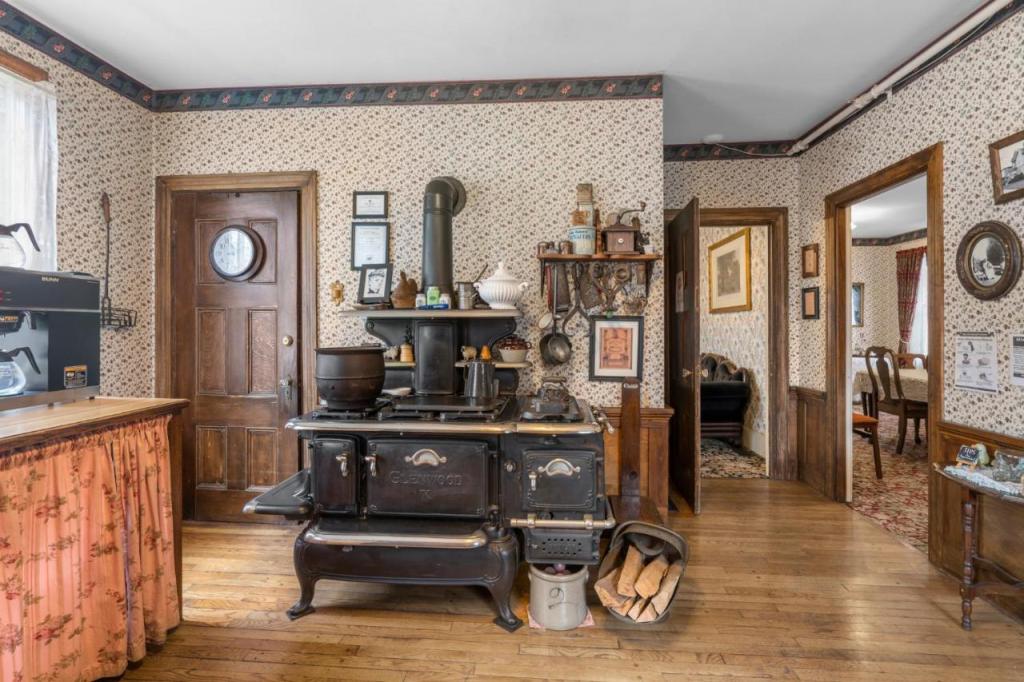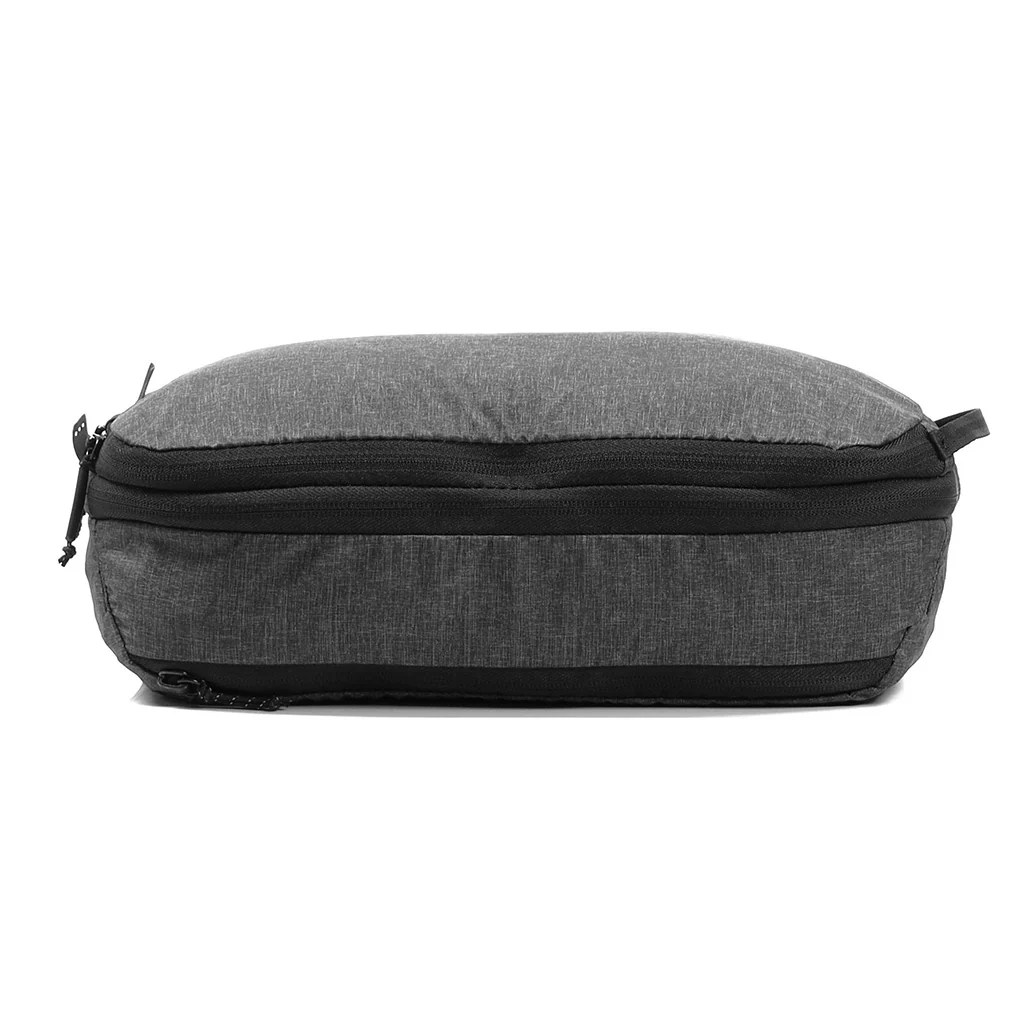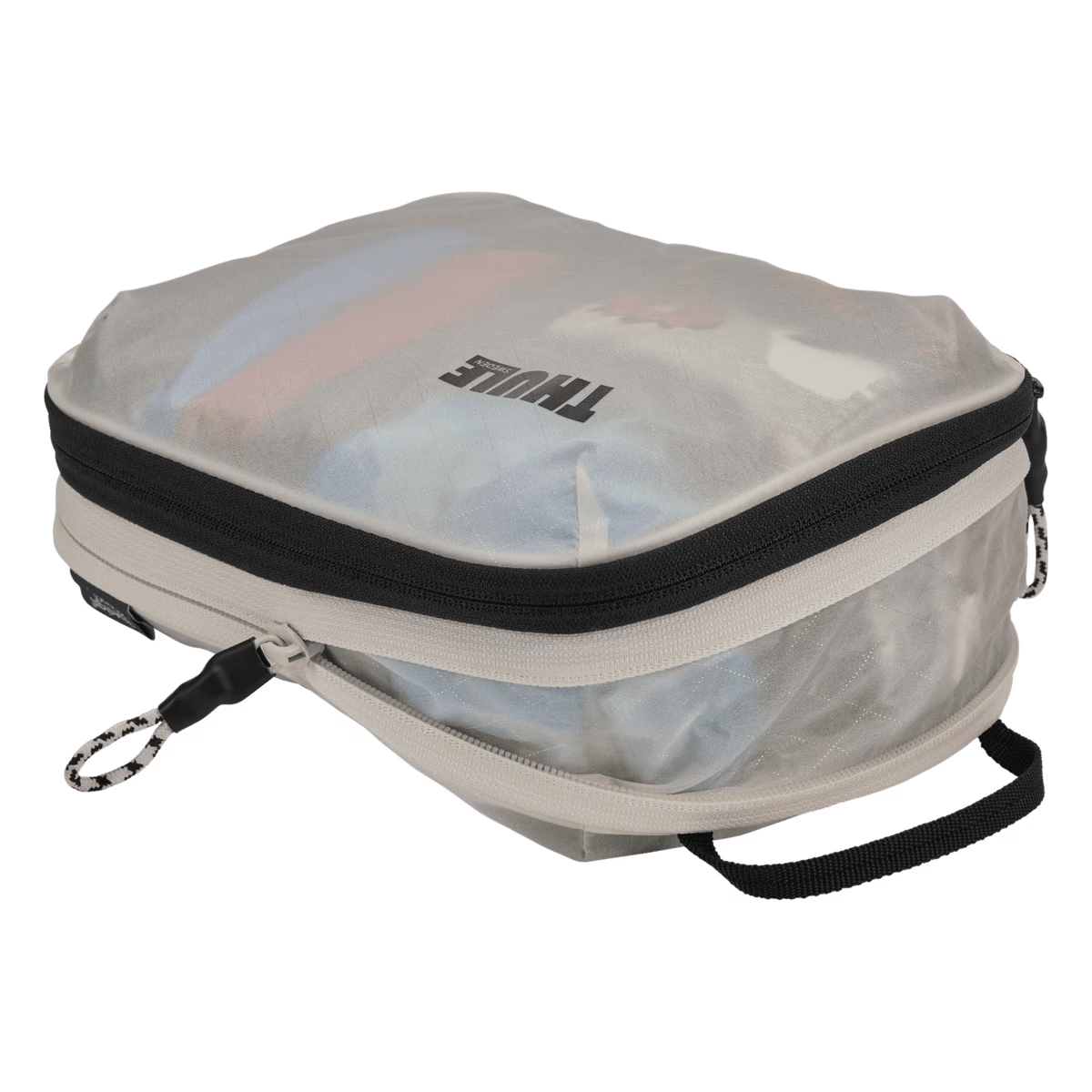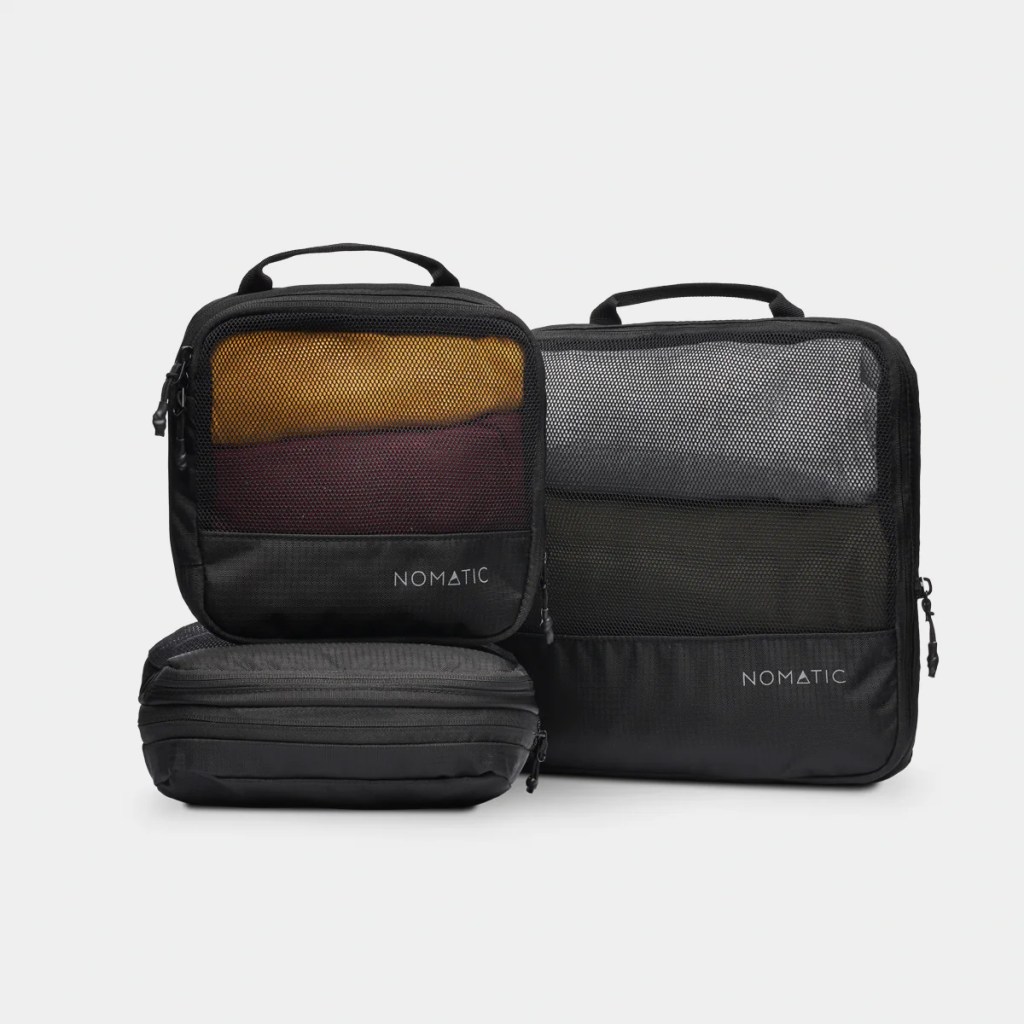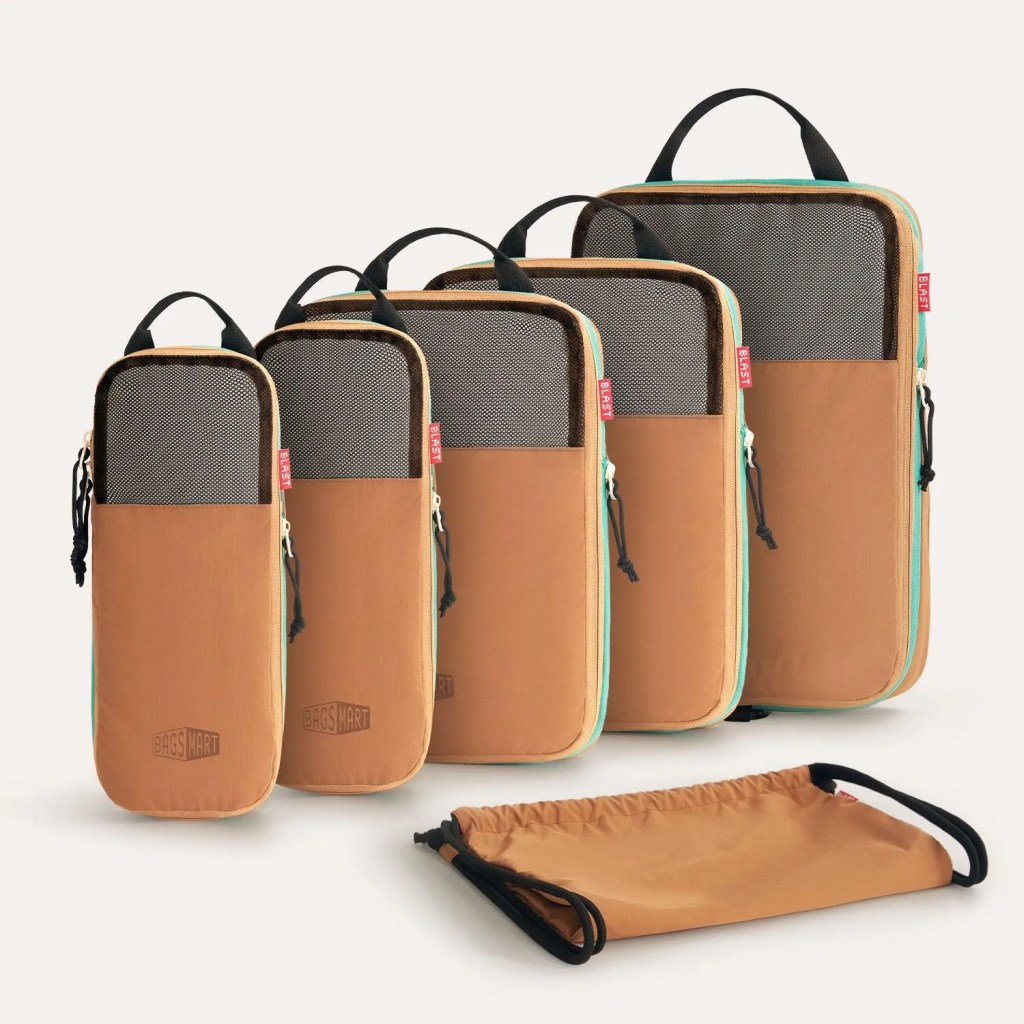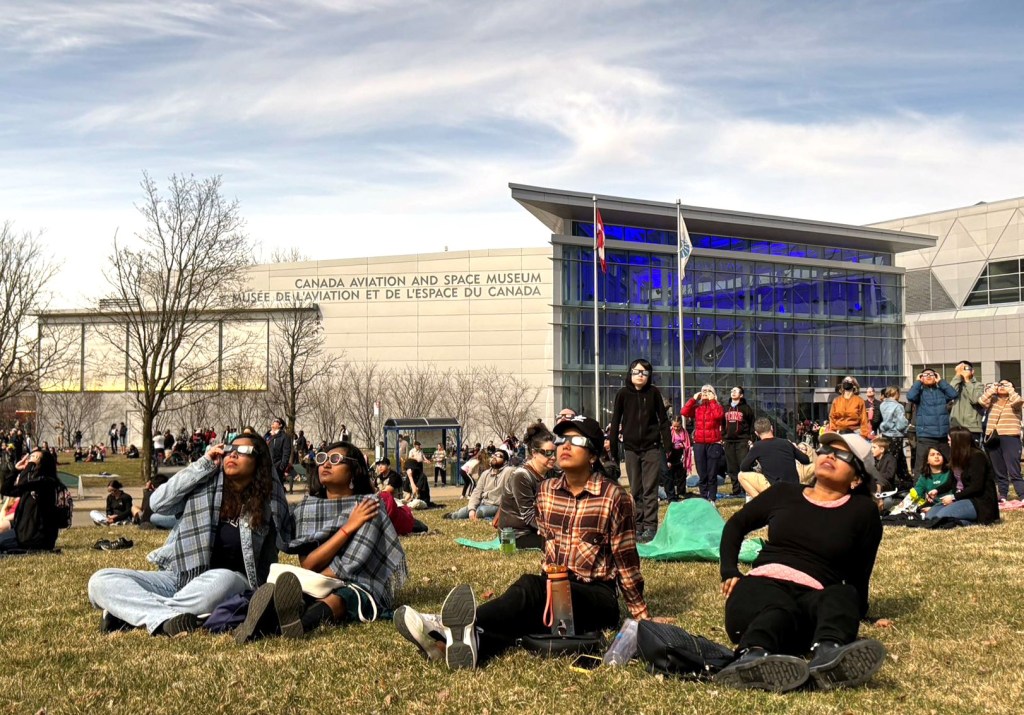If your pockets are empty, that doesn’t mean travel is off the table—it just means you need to get a little creative.
While many Millennials and Gen Zers prefer long-term, exotic travels, camping has always remained a heavy-hitter domestically in the US. In fact, there are signs that camping trends are picking up steam amongst these types of travelers.
One report from the Kampgrounds of America (aka the KOA) found that 11 million more households camped in 2024 compared to 2019—and a whopping 61% of new campers today are either Millennials or Gen Z.
Still, it’s easy to feel intimidated when you just start camping.
Before you hit the open road with your tent in tow, you need to research your destination, potential threats (like bears, ticks, and property lines), weather, and nearby attractions and activities.
Most importantly, you need to feed yourself without a standard kitchen.
Although camping is affordable and accessible for Americans, it’s not quite as easy to organize as a one-click trip to a Mexican resort.
So, if you’re on the fence about becoming a camper, I get it—but let me tip you over into Paul Bunyon territory. These are the key reasons to go camping, from self-discovery to summer camp-style escapes.
10 reasons to go camping if you haven’t before
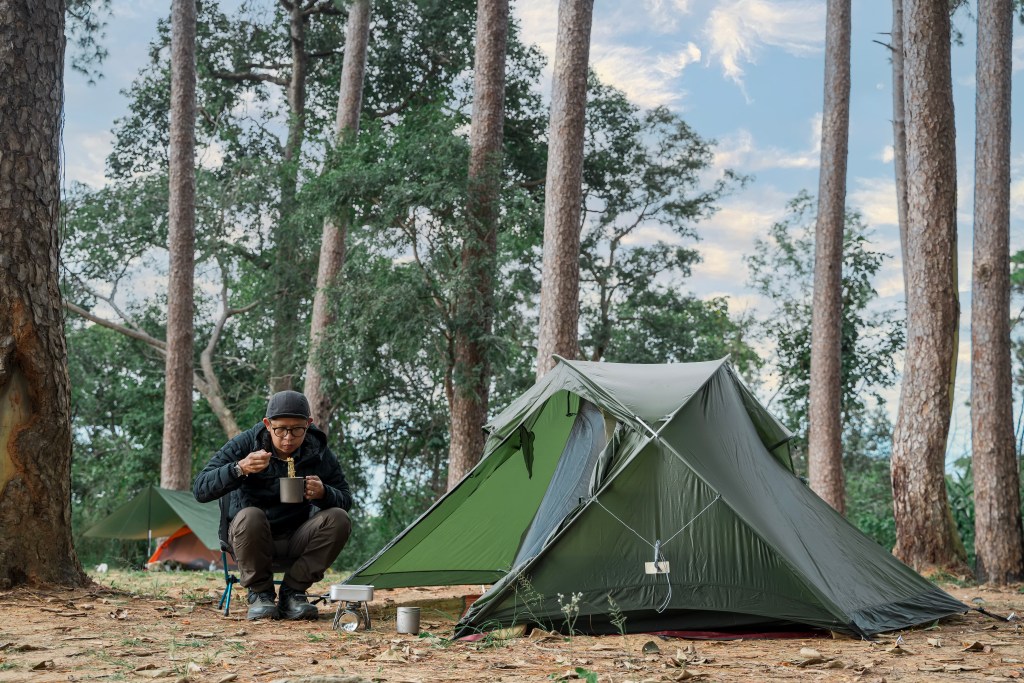
Reason #1: It’s as cheap as you want it to be
The United States is home to an abundance of campgrounds—and it’s not hard to find free spots where you can pitch a tent without spending a dime.
In fact, the Bureau of Land Management’s official take on camping is this: campsites are first-come, first-serve, and you need to pay the fee within thirty minutes of showing up.
But you can also enjoy free camping, aka dispersed camping. Dispersed camping is when you camp wild on any public lands—so long as you’re a safe distance from facilities, are respectful to wildlife and resources, and aren’t camped in a spot that says ‘closed to camping’, you can stay for up to two weeks. No fees.
Reason #2: The nostalgia factor is strong
Camping is part of the American identity, stored in our collective memory as a fond callback to the past. Even if you’ve never been camping, you’ve probably been on a summer camp trip or heard about them.
The first time you set up your tent and manage to get your fire going, you’ll feel that sense of nostalgia in its full force—and you’ll have joined the ranks as an American Who Camps.

Reason #3: Campsites run a huge gamut—and include glamping options
If the allure of nostalgia and freedom don’t woo you, let me sweeten the deal with one of the best reasons to go camping: it can be really high-class.
Kampgrounds of America, for example, offers a huge range of campsites to choose from. If you’re tent-averse, you can choose a glamorous yurt, an above-ground canvas tent, and many other options. If you want to go fully into luxury territory, that’s also an option.
Best of all, many of these glamping sites come with modern amenities, from hot showers to heated pools.
Reason #4: You can drive, too
Technically, if you drive your RV into a campground, you’re RVing instead of camping. But I won’t judge if you have access to an RV or a camper van—they’re the easiest way for a first-timer to see what the camping hype is all about.
Many campsites include both RV hookups and tent plots, meaning you can get a lay of the land without leaving behind all familiar signs of civilization.
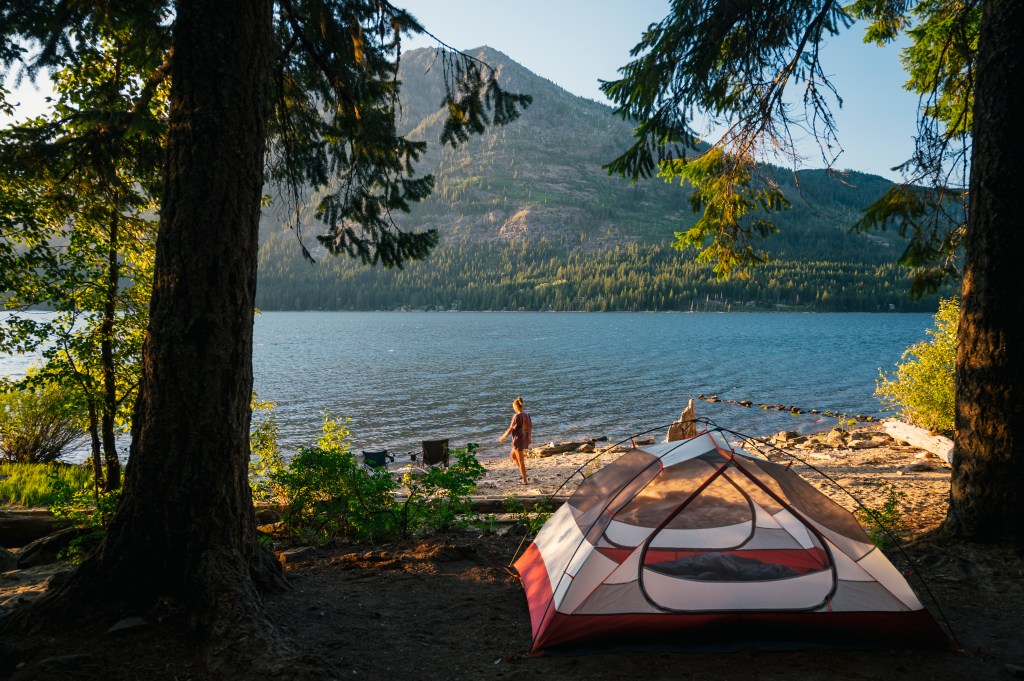
Reason #5: Water adventures are easy to bundle in
According to another study from the Kampgrounds of America, 57% of campers actively seek out water adventures and grounds that are close to the water.
Whether you want a scenic lakeside retreat or a beachy summer escape, you won’t be looking for a campsite for long. The US is home to dozens upon dozens of campsites that overlook the water or are located a short distance from major bodies.
Reason #6: So are wellness experiences
The rise of glamping locations highlights budding interest in getting outdoors—and many younger travelers aren’t just seeking out the restorative qualities of nature (more on this below). One of the best reasons to go camping is to refocus on wellness.
Many campers head out on the hunt for casual wellness-based activities, whether putting down their phones for an impromptu digital detox or signing up for camping experiences that come with yoga classes.
Don’t just think rustic when you think camping—think wellness, too.
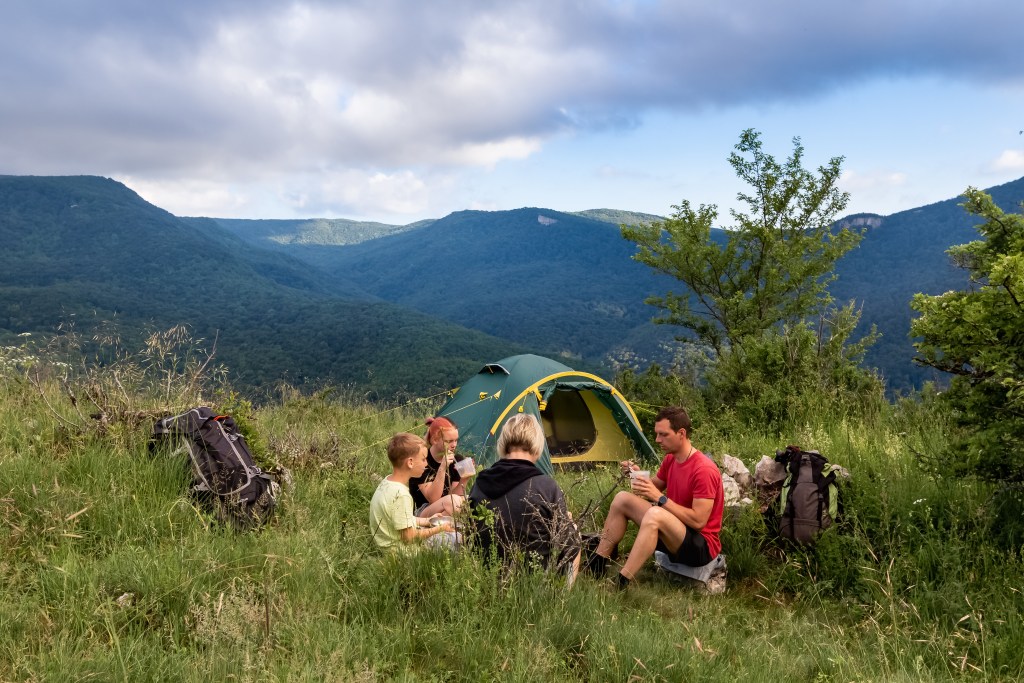
Reason #7: The whole gang is invited—from multi-gen crews to large groups
Many campgrounds fill up during summer—but if you’re willing to schedule your trip during the shoulder season, you’re likely to find half-empty sites.
In that case, you can easily bring along a large group, whether just hanging out with friends or kicking back with multiple generations on a family trip. Size isn’t a prohibitive factor when putting together camping trips.
Reason #8: There’s a social element
Let’s imagine you do head to a popular campsite during high season. You’re likely to be surrounded by like-minded campers, and if the campground has amenities like a pool and/or restaurant, you’re going to make a few friends during your stay.
In fact, some campgrounds host events like dance parties and ‘mixers’ for young guests, transforming the grounds into a summer camp-like setup. It’s pure, nostalgic fun.
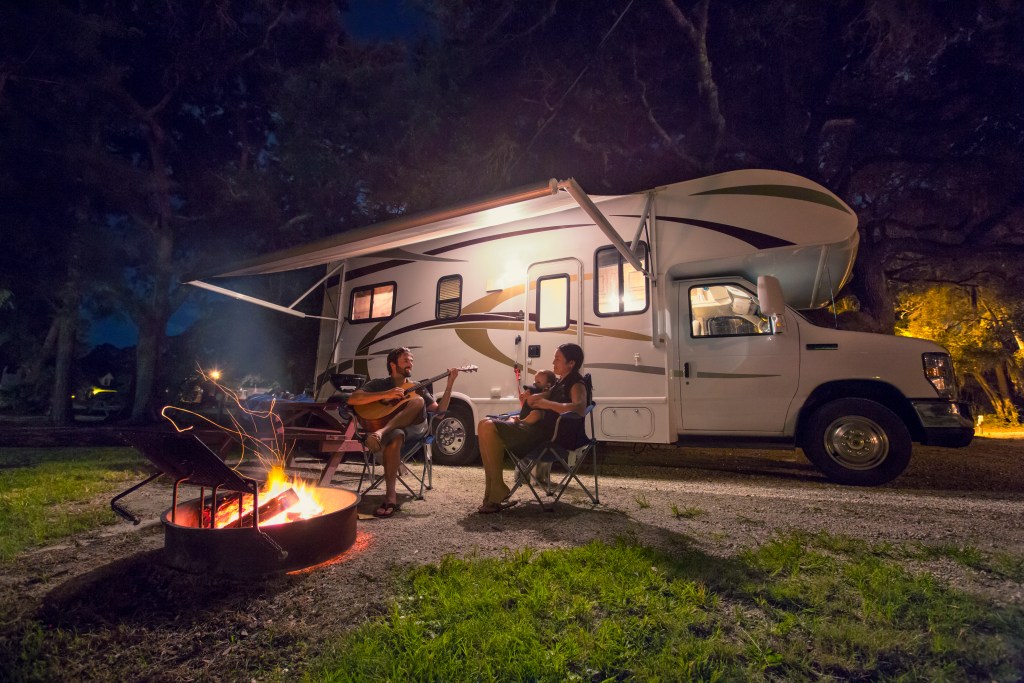
Reason #9: Nature is good for you—and science agrees
Spending time in nature regulates the human nervous system, and that yields benefits for both our minds and bodies. In fact, some studies show that spending time in nature can sharpen our cognitive skills and restore mental health.
So, if you’ve been feeling bogged down and uninspired, your camping trip might be just as impactful as a trip to the doctor’s office.
Reason #10: You’ll get to know yourself
Even if you head to the bougiest glampsite in the United States, you’re going to be spending more time with your thoughts than on a standard vacation.
This is one of the best reasons to go camping, in my opinion: it’s a travel experience you haven’t had before. Being outdoors is a great chance to take a breather and get back in touch with your personal goals and overall life’s vision.
And if you’re heading to a basic campground where you need to cook and fend for yourself, you’ll have even more time to reflect. In the case of the latter, you’ll also need to dig deep to overcome challenges that we don’t face in our daily lives, whether washing up in freezing cold river water or trying to cook a meal over a campfire.




